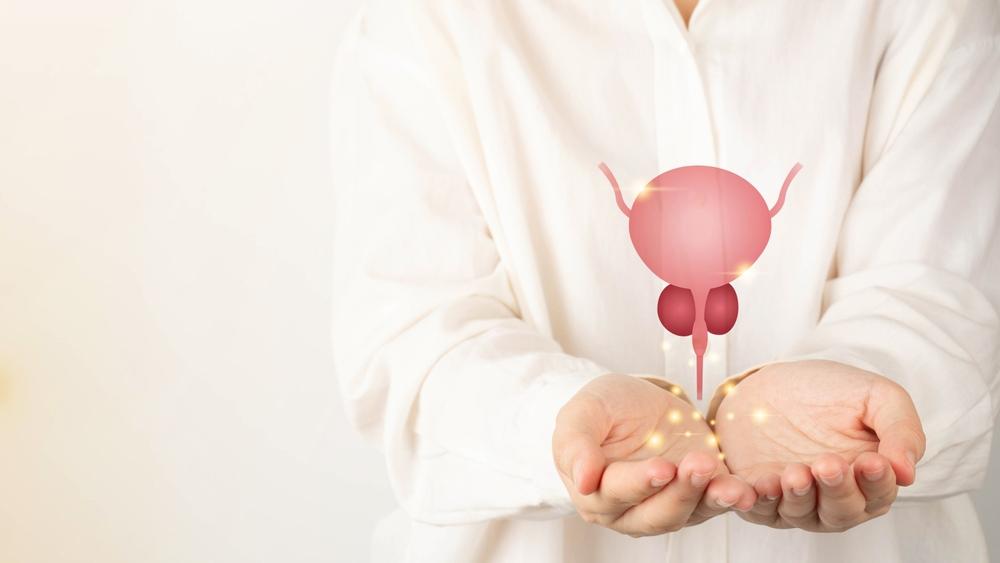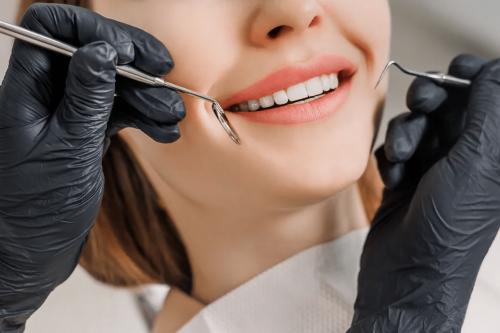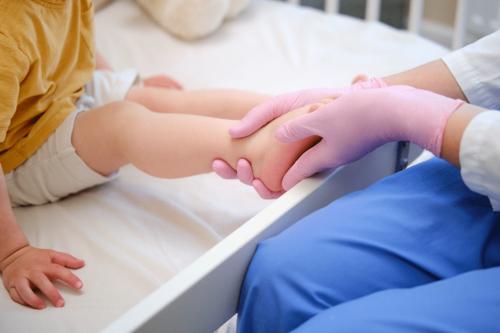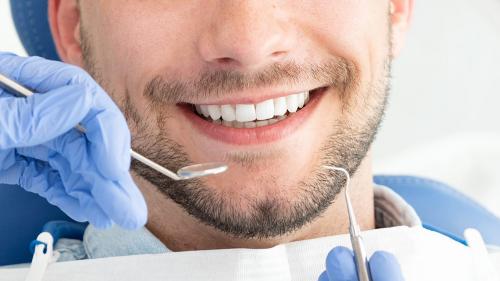
Bladder Cancer
The bladder is found in your lower belly (abdomen), its main function is to store the liquid waste or “urine” made by the kidneys. When the muscle walls in the bladder contracts, urine is forced out of the bladder through a tube called urethra.
Bladder cancer starts when cells in the urinary bladder grow out of control. As more abnormal cells develop they form a mass or “tumor” that can spread to other surrounding areas, this is how bladder cancer starts.
Symptoms: Common symptoms may include blood in urine, changes in urinary habits (urgent need to urinate trouble in urinating or weak urine stream), and burning or pain when urinating.
Treatment: Physical exam will be done (rectal or vaginal), Urine tests, Cystoscopy, Intravenous Pyelogram (IVP), and bladder biopsy. If you have been diagnosed with bladder cancer, the treatment of choice will depend on the type of cancer, this can either be local or systemic treatment.
The most common approach to treat cancer might include more than one type of treatment, Surgery alone or with other treatments. Your Physician will discuss the best option to treat your Bladder cancer.
- Surgery will remove the tumor or destroy the cancer cells in that part of the body
- Radiation therapy, a local treatment to control cancer cells in the part of the body
- Chemotherapy (systemic treatment – by taking pills/medication or thru injection)
- Immunotherapy
- Intravesical therapy
Bladder Diverticulum:
When there is blockage of the urinary tract, this increases the pressure on the bladder causing Herniation of the lining of the bladder that leads to the formation of a bladder diverticulum. This can either a congenital (defect upon birth) or acquired – that mostly occurs in adults.
Symptoms: patients with symptoms such as inability to urinate (urinary retention), recurrent UTI (Urinary tract infection), blood in the urine, formation of bladder stones, and Pain or discomfort in the lower abdominal area.
Treatment: This type of disease does not always require treatment, only if associated with other conditions like bladder tumor and recurrent infection, then you might be needing medical intervention.
For patients with this condition, treatment may include a complete excision (removal) or minimally invasive treatment options (laparoscopic surgery).
Bladder infections (Cystitis)
Bladder infection is an infection of the bladder wall and the most common type of urinary tract infection (UTI) because of the bacteria entering the urethra and the bladder. They are more common in women than men. Because a woman’s urethra is shorter than a man’s, and the vagina is close to the anus, where bacteria lives.
This type of infection is bothersome and can be very serious, it is best to see your physician for immediate treatment. Complications may arise if not treated early, as they may travel up to your kidneys and become something more serious.
Symptoms: the common signs that you may experience are a persistent urge to urinate, pain or burning feeling when urinating, fever and chills, urine that smells worse than it should, and cloudy or blood in the urine.
Treatment: Urine analysis will be requested to check for bacteria, blood, or pus in the sample of your urine. As cystitis is caused by bacterial infection the first line of treatment is medications – Antibiotics. Depending on your current condition or the severity of your infection, your physician might require you to take antibiotics for a longer period or you may be required hospitalization.
Bladder Prolapse (Cystocele)
When the muscle or tissue surrounding the bladder is stretched and has become weak, this bulges into the front vaginal wall and can oftentimes appear as protruded, found at the opening of the vagina (for women). This is a treatable condition common in women.
Risk factors include pregnancy childbirth, menopause, repetitive heavy lifting, and chronic constipation to pass bowel motions or when trying to empty the bladder.
Symptoms: Some of the symptoms you may experience are heaviness or feeling of pressure in the vaginal area, frequent voiding or the urge to pass urine and leaking on the way, recurrent UTI, discomfort with intercourse, and in severe cases a feeling of a bulge or protrusion in the vaginal entrance. Some cases of prolapse may not cause any symptoms.
Treatment: Before performing any procedure, your Physician will explain the risks, benefits, and other options to repair your bladder prolapse. Your treatment will depend on how severe your condition is.
- Pelvic muscle exercises
Kegel exercise, strengthens the pelvic muscles to support your bladder and can be done at home. This type of conventional treatment with the aid of a physical therapist may help improve your symptoms and decrease the size of the prolapse.
- Non-surgical approach / Conservative Management
Vaginal pessaries - A pessary is a device made of silicone, inserted in the vagina to support the bladder prolapse and front vaginal wall. This is an outpatient procedure, a preferable option for women who are unfit for surgery.
- Surgical approach
If other medical management or treatment has failed to help with your condition, you may need surgery. A minimally invasive procedure or an open Surgery can be performed through the vagina or abdomen to lift the prolapsed bladder back into its place.
Bladder stones
Bladder stones are hard masses of crystallized minerals that are formed in your bladder. They develop when the minerals in urine crystallize and create a mass or a “stone”, this happens if you are not regularly emptying your bladder to urinate. If left untreated complications may occur and may lead also to infection.
Symptoms: Lower abdominal pain, Pain during urination, frequent or difficulty in urinating, blood in the urine. If you are experiencing any of the above symptoms, especially persistent abdominal pain, you may need to see a specialist.
Treatment: Drinking plenty of water may help in removing stones by passing it out naturally when you urinate.
- Cystolitholapaxy
Most common and minimally invasive procedure to treat bladder stones. A small tube with a camera at the end (a cystoscope) is inserted into your urethra and up into your bladder. A crushing device, lasers, or ultrasound waves transmitted from the cystoscope can be used to break up the stones into smaller fragments, which can be washed out of your bladder when you pass urine.
- Cystostomy
Patients with chronic or dysfunctional bladder may be required for an open cystostomy. Forming an opening in the urinary bladder through the abdominal wall by surgical incision, to allow the drainage of urine. This procedure is commonly done in males.
Interstitial Cystitis
Often known as “Painful bladder syndrome” or “frequency-urgency-dysuria” syndrome. This is a chronic condition causing an inflamed and irritated bladder.
The bladder is a muscular organ and tissue that is the storage for urine. Always talk with your Physician to ensure that you receive the proper diagnosis and treatment on your specific condition.
Symptoms: Common symptoms of interstitial cystitis is frequent urination, urgent need to urinate, Chronic pain in the pelvis or between vagina and anus (for female), pain between the scrotum and anus (for Men).
Treatment: Different diagnostic tests may be needed to rule out other health concerns. There is no cure for interstitial cysts but can be treated to relieve symptoms.
Oral Medications (taken by mouth) will be prescribed to improve and relieve your symptoms, such as
- NSAIDs (non-steroidal anti-inflammatory drugs) – ibuprofen, or naproxen sodium, to relieve pain.
- Tricyclic antidepressants, to help relax your bladder and block pain
- Antihistamine medications, to reduce urinary urgency and frequency
In some cases, nerve stimulation techniques can reduce pelvic pain and reduce urinary urgency.
Overactive bladder (OAB)
You may be having an overactive bladder if you have a sudden or difficulty controlling your need to urinate, unexpected and frequent urination, and waking up more at night to urinate (nocturia). If left untreated, you may increase your risk of having a urinary tract infection (UTI) and inflammation in the surrounding areas.
An overactive bladder happens when there is an involuntary contraction of the muscle walls in the bladder causing an urgent need to urinate. Some other conditions may contribute to developing this condition, such as diabetes, stroke, multiple sclerosis, tumors or bladder stones, enlarged prostate, and during menopause in women.
An overactive bladder can be distressing, this can also affect your physical and emotional function and disrupt your daily life.
Symptoms: Frequent urination (more than normal), leaking or involuntary passing urine (urge incontinence), unintentional urination, and waking up more than usual at night to urinate (nocturia).
There are specialized diagnostic tests for overactive bladder to measure your current condition, you have to consult with your physician for appropriate treatment.
Treatments: There are conservative treatments to manage symptoms if you are having OAB, your physician will discuss with you the best possible treatment. Depending on the severity of your symptoms or general health some are conventional ways to help you regain bladder control.
- Bladder training to strengthen muscles in the area to delay the voiding.
- Kegel exercise (Pelvic floor muscle exercises), can improve the function of the muscles and urinary sphincter to hold urine and suppress involuntary movement of the bladder
- Antispasmodics, also called anticholinergics can reduce bladder urge episodes
- A sacral nerve stimulator may be recommended to stimulate muscle contractions
Augmentation cystoplasty may be recommended for severe cases. This is a reconstructive procedure that uses parts of the bowel to replace parts of the bladder.


